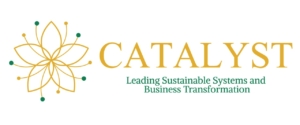Transformation of companies into learning organizations
Definition of the Learning Organization
To practice a discipline is to be a lifelong learner. You never “arrive.” The more you learn, the more acutely aware you become of your ignorance. (Peter Senge, the “Godfather” of the term Learning Organization)
Continuous learning is the basis of the Learning Organization concept. It is based on a fundamental principle that most businesses overlook: Constant learning is necessary for improvement.
In the learning organization model, the organization prioritizes individual and professional development through the transfer of knowledge. Employees share decision-making powers and corporate accountability. In a learning organisation, simple employee training is replaced with organizational problem-solving, innovation, and learning.
For instance, in learning business, when a product fails, employees look for the root of the issue and come up with ways to stop it from happening again. In a learning organization, the focus is on the only asset that increases in value over time—its employees. As part of its underlying culture and overarching vision for long-term success, a learning organization promotes learning.
Benefits from shifting to a Learning Organization model
Companies that shift from the traditional top-down structure to the learning organization model, commit to create an environment of continual growth, risk-taking, continual learning, collaboration. As a result, they have a better chance of surviving in this demanding business environment.
Access to knowledge, collaborative mindset, teamwork and sense of community of the employees, bring improved innovation capabilities, greater efficiency, problem-solving abilities, and advanced feeling of ownership in the company’s long-term prosperity.
What to do to become a Learning Organization?
In order to become a true learning organization, a different culture around success and failure is required. It is necessary to recognize the value of consistent, long-term investments in people, a value that is not immediately obvious. Leaders are the ones that are responsible for the creation and communication of the vision of the learning organization; it is therefore very important to ensure the commitment of the leadership at the highest levels to create that vision and culture. Therefore, the success of the transformation to a learning organization depends greatly on leadership behaviour.Creating a learning-friendly environment is the first step of the transformation. When employees are stressed or rushed, learning is difficult. Top management needs to explicitly reserve time for learning so that it happens on a regular basis.
Being open and encouraging discussion is another effective tool. Boundaries prevent information from flowing, they keep people and groups apart and strengthen biases. Conferences, meetings, and project teams that bridge organizational barriers ensure a steady stream of new ideas and the opportunity to consider opposing views.
Once a more supportive, open environment has been established, learning activities can be implemented, such as internal company programs or events designed with explicit learning goals in mind.
These initiatives contribute to removing obstacles to learning and start to boost learning on the organizational agenda. Additionally, they lead to a gradual change of direction towards a dedication to learning.
Challenges and opportunities
Nevertheless, we have to bear in mind that learning organizations are not built overnight. Most successful examples of such transformations were produced through the careful cultivation of attitudes, commitments, and management processes, that have accumulated slowly and steadily over time. The transformation indeed is a challenge itself, but the results for a company can provide an answer to long-term growth.




